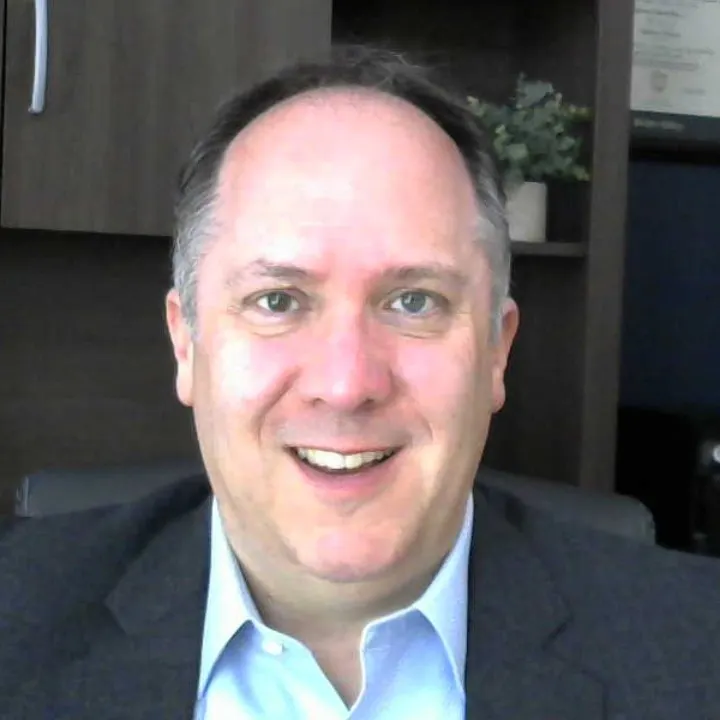The CFO role is often described as evolving into something entirely new, but the reality looks different in practice.
At the Long Island Chapter of the Institute of Management Accountants’ CFO Panel on Sept. 9, three CFOs from industries as varied as consumer goods, ice manufacturing and transportation technology spent more time discussing forecasting, leading teams and managing systems than about sweeping transformations or experimentation with new technologies.
The event featured input from Joseph Goren of The Pink Stuff, a manufacturer and seller of household cleaning supplies; Stephanie Choudri of Arctic Glacier Premium Ice, a 140- year old international distributor of ice; and Tom Dolce of Clever Devices, a provider of intelligent transportation systems solutions for public transportation agencies. Their takes show how the modern mid-market CFO balances the everyday demands of the job while still looking ahead to technology, strategy and people leadership.
All three CFOs described the realities of the job right now while pointing to a future where the CFO will be expected to anticipate change, integrate technology into daily work and keep their teams aligned through trust and transparency. What unites them is a view that the CFO seat is no longer defined by technical accounting alone.
Goren argued the role is about helping people “understand what the numbers mean, not just presenting them,” while Dolce said he is already experimenting with tools like AI to extend the function further. The group’s insights reveal not just how the job has changed, but how it will continue to evolve in the near future.
Forecasting grows more complex
Forecasting is where the gap between narrative and reality shows most clearly. While much is written about the CFO as a strategist, the conversations here quickly turned to the grind of modeling tariffs, weather and project delays.

“Forecasting is challenging in any business, but especially in ours,” said Goren. “You always have what the sales team thinks, which is usually a lot higher than reality, and then you’ve got expectations from the board or the parent company. That’s the starting point.”
For him, tariffs and interest rates make those forecasts even trickier. “We buy most of our goods from the U.K. Tariffs could be 10% one year, 13% the next, and that has a huge impact on margins and EBITDA. Interest rate fluctuations add another layer.” He prefers to keep budgets grounded in reality. “Some companies put together a base budget and then a stretch budget. That works for them, but if you’ve got covenants or bank reporting, a stretch budget can backfire. My style is to keep it realistic and achievable.”
Choudri faced similar pressure when she joined Arctic Glacier. “One of my first mandates was to improve forecasting and cash flow visibility,” she said. “I worked with my team to build a 13-week cash flow forecast, which then parlayed into a full-year model because I knew we needed a longer view given our seasonality.”
The weather has a direct impact on performance. “This summer in California started much later than expected. We didn’t see the hot, dry weather until July, and California represents almost 60% of our revenue. That delay had a big impact on both liquidity and forecasting,” she said.
Dolce explained that forecasting at Clever Devices depends on constant updates. “We have three different kinds of revenue segments: bus builds, projects and service and maintenance,” he said. “Service is going to grow as you land more clients, but it’s the projects. If one is taking too long, that means we might have to delay another one.”
Transit projects bring their own obstacles. “With the transit agencies, there’s a lot of bureaucracy,” Dolce said. “It’s making sure we’re getting board approval and understanding if something’s shifting and where it’s shifting to.” His solution is to hold frequent revenue meetings across leadership levels. “It’s about keeping a pulse on every project,” he said.
Finance reaching every corner of the business
“I’ve said this throughout my career: Finance should be involved in everything,” said Choudri. “Even with something like contract writing, whether with customers or suppliers, finance involvement changes the outcome. The more we’re engaged, the stronger the results.”

Dolce wants his team to take a larger role in pricing decisions. “With projects, it’s managing the expenses to recognize the revenue,” he said. “And then with pricing, our vendors outsource to other countries, so it’s making sure we’re covering those prices and building that into our operations.”
For Goren, leadership is as critical as financial accuracy. “Part of the CFO role is psychiatry,” he said. “You’ve got to do the books and make sure everything is accurate, but you also have to deal with people. For me, it comes down to transparency and honesty. If you treat your team with respect, include them in decisions, and empower them, they’ll go the extra mile.”
That leadership style has shaped his career. “I always say please and thank you, and I try to recognize effort,” Goren explained. “My philosophy is to give away credit and take the blame. That’s why my turnover rate has been very low in every role I’ve had.”
Looking ahead, Goren sees the CFO’s role as connecting the dots. “It’s not just about reporting yesterday’s numbers,” he said. “It’s about using those numbers, combined with what’s happening in the environment, to figure out what tomorrow looks like.”
Getting ROI on new technology
Integrating technology is another theme that cuts across industries. Demands for ROI, even outside of dollars and cents, are a pressure CFOs across industries are feeling. Each finance chief described different tools and approaches, but all pointed to technology as central to how they manage complexity and prepare for what comes next.
Goren addressed the complexity that comes with acquisitions. “Through acquisitions, we’re running two different systems — our distribution system and the acquirer’s ERP,” he said. “We’re putting in an API to cut down on the manual reporting we have to do. Running two systems is an accountant’s nightmare, but once they’re connected, it should take out a lot of the manual work and improve the analytics.”

At Arctic Glacier, analytics are at the heart of planning. “We dug into historical curves and liquidity profiles to understand patterns year over year,” Choudri said. “On the CapEx side, we run ice plants with heavy machinery like condensers, compressors and palletizers. Those are large-dollar items. We track useful lives, but there’s always a break-and-fix element you can’t predict. That unpredictability is another major challenge.”
Dolce is looking toward the impact of artificial intelligence. “I’ve probably been somewhat late to the game in AI,” he admitted. “But I started using it for projecting RFPs and drafting footnotes, and I found it tremendously helpful. I’m sure there’s a lot more that can be done. Over the next two to three years I’ll probably be using it more.”





